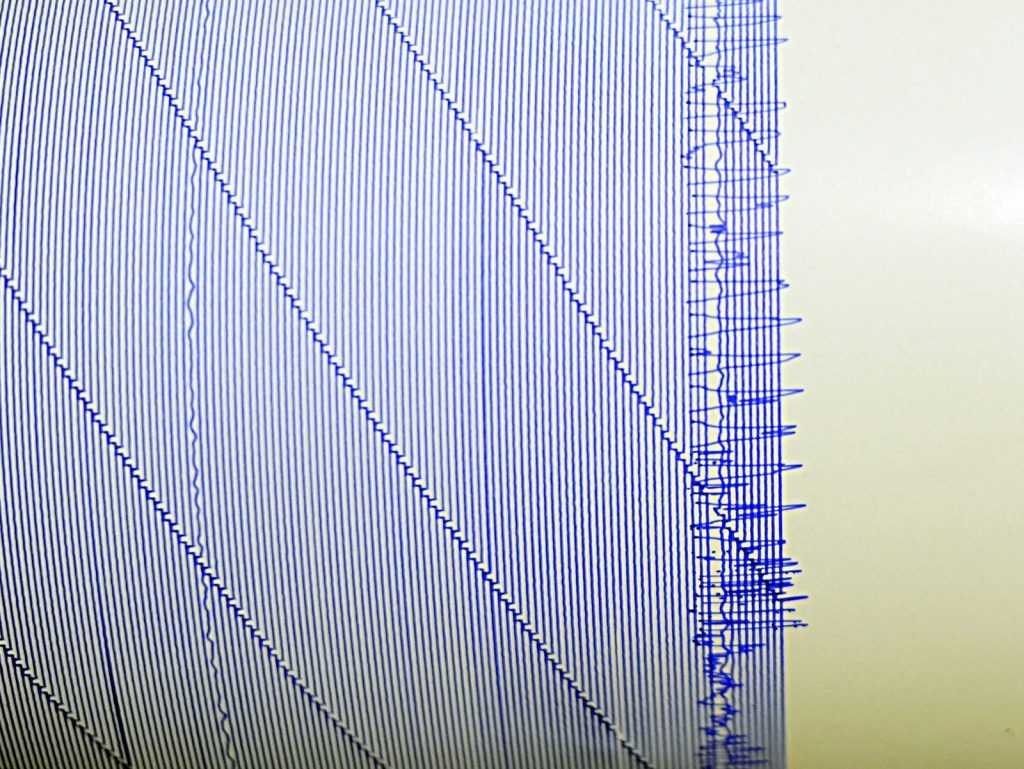Edmonton veterinarian seeing more foxtail grass-related visits in the summer

Posted June 26, 2025 5:13 pm.
Last Updated June 26, 2025 5:18 pm.
There’s no season better suited for days at the dog park than summertime, but it’s also the season some pet owners, like Jim in Belgravia, are keeping an eye out for foxtail grass, knowing it can seriously harm their furry friend.
“I know it can be a problem when it does appear, but I haven’t seen it here,“ said Jim, a dog owner.
Foxtail grass is commonly found throughout Edmonton, most notably in dog parks and near ravines.
Its sharp barbs are known to stick to a dog’s fur and burrow their way deep into the coat, or worse, the sticky seeds can be swallowed or inhaled, requiring a trip to the vet.
“They come in, they’re usually sneezing, they have nasal discharge, that kind of thing. Pawing at their face, pawing at their nose, ears,” explained Robyn Geers, a veterinarian at Paws Veterinary Hospital.
Geers says foxtail grass-related vet visits can cause distress for both the dog and your family, with some operations needing costly probes, sedation, and antibiotic treatment.
“They end up burrowing into the mucus membranes, so they can get stuck, they can cause infections, and migrate into the lungs,” Geers explained.
According to pet insurance provider Trupanion, claims related to foxtail grass encounters in Canada spike in the summertime, seeing an increase of more than 450 per cent.
Adding, Alberta sees about half its annual claims during the season, with the average cost of treatment for injuries a little under $500.
If you notice your pet is scratching an area excessively, limping, vomiting, lost its appetite, or has swelling, those may be signs of an encounter with foxtail grass.
One dog owner CityNews spoke to at the Buena Vista off-leash park says he is glad he hasn’t seen or heard of any encounters with foxtail grass yet.
“I just hope that my dog is smart enough not to eat anything that’s bad for them. Other than that, I don’t see anything around here, there’s so many dogs that if there were, somebody would know,” said Brian, a dog owner.
Geers recommends you brush your dog’s coat after walks to remove any seeds that may get stuck deep in their fur, adding that the best way to protect your pet is to avoid contact with the grass altogether.








